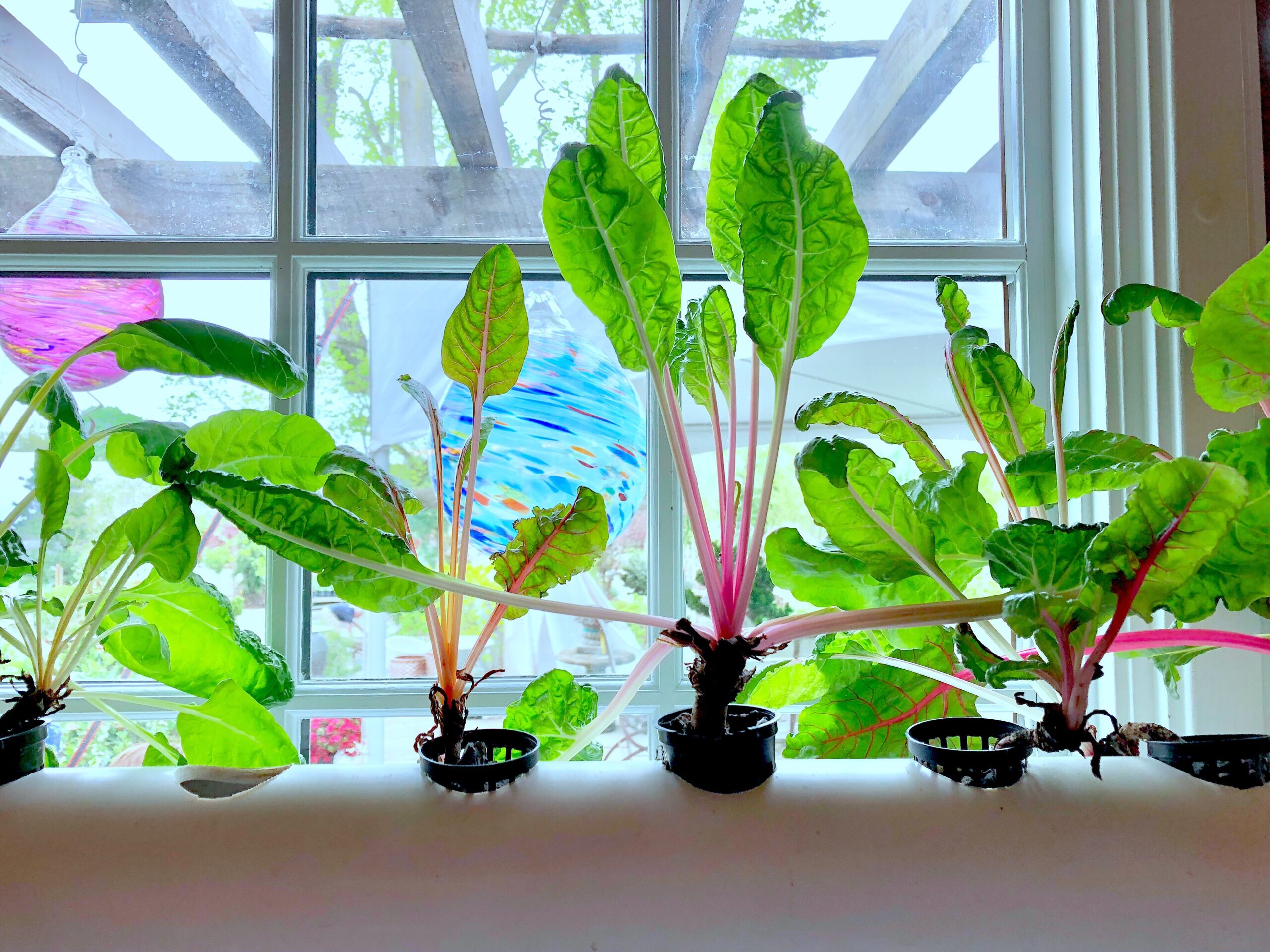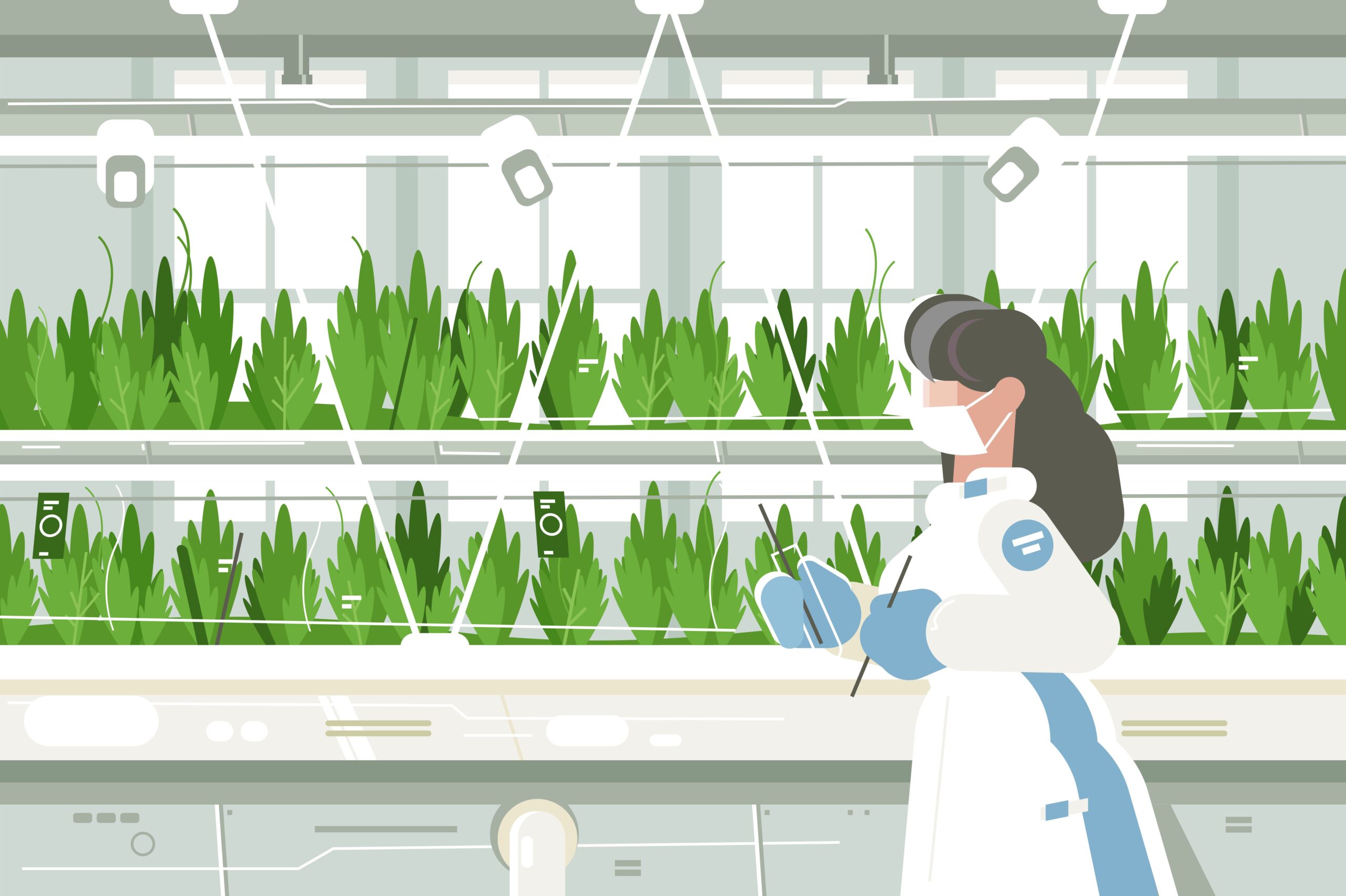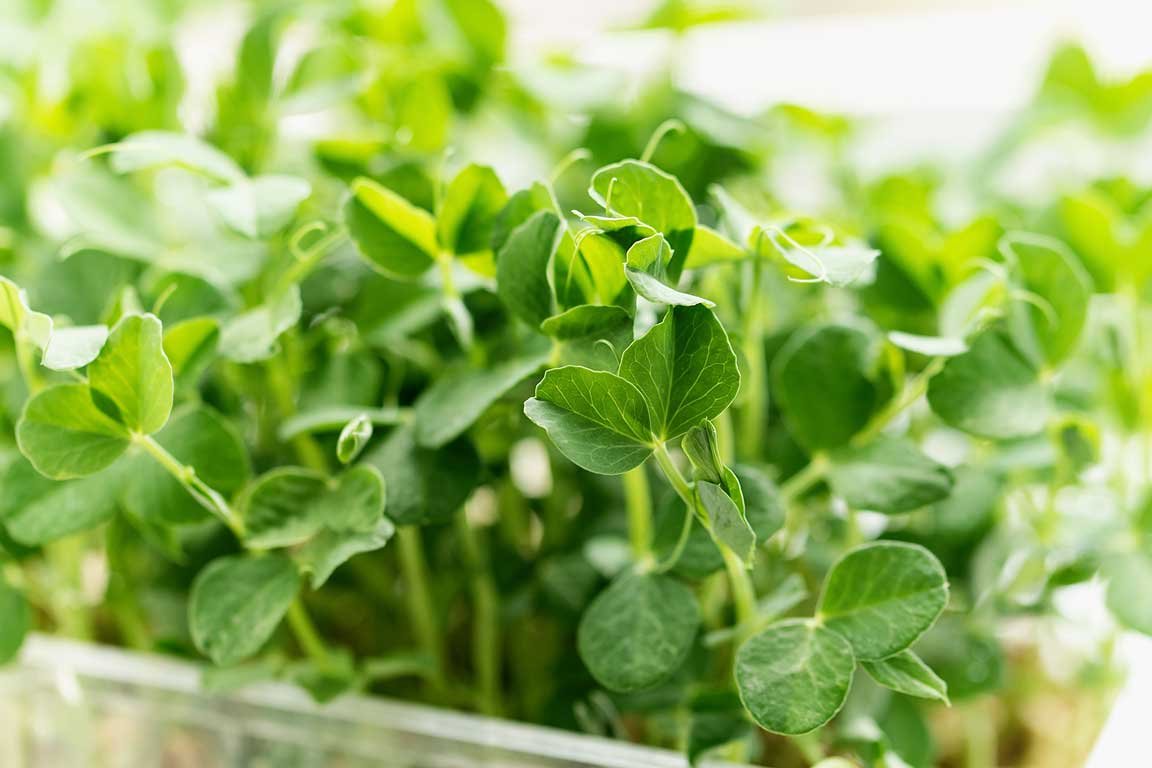Hydroponics Vs. aquaponics are both soilless methods of growing plants, but they differ in their approach to nutrient delivery and the integration of aquatic organisms. Here’s a breakdown of the differences between hydroponics and aquaponics:
Hydroponics:
- Nutrient Delivery: In hydroponics, plants are grown in a nutrient-rich water solution, without soil. Essential nutrients are directly delivered to plant roots through the water, providing them with the elements needed for growth and development.
- Nutrient Source: Hydroponic systems rely on nutrient solutions that are carefully mixed and monitored to provide the right balance of macronutrients and micronutrients. Nutrients are typically sourced from commercial nutrient solutions or homemade formulations.
- Plant Nutrition: The focus of hydroponics is primarily on optimizing plant growth by providing precise nutrient concentrations and controlling environmental factors such as light, temperature, and humidity.
- Waste Management: Hydroponic systems produce nutrient-rich wastewater, which needs to be managed and disposed of properly to prevent pollution.
- Aquatic Organisms: Hydroponic systems do not involve the cultivation of aquatic organisms like fish. The nutrient solution is not influenced by the presence of living creatures.
Aquaponics:
- Nutrient Delivery: In aquaponics, plants are also grown in a water-based system, but the nutrient-rich water comes from a different source—the waste produced by aquatic organisms, usually fish.
- Nutrient Source: The primary source of nutrients in aquaponics is the waste produced by fish. Fish excrete ammonia-rich waste, which is broken down into nitrates by beneficial bacteria. These nitrates serve as the nutrient source for plants.
- Plant Nutrition: Aquaponics combines plant cultivation with fish farming. The interdependence of plants and fish creates a closed-loop ecosystem where waste from fish nourishes plants, and plants help filter and clean the water for the fish.
- Waste Management: In aquaponics, the nutrient-rich wastewater from the fish tanks is utilized as a nutrient source for plants. This creates a more sustainable and integrated system compared to traditional hydroponics.
- Aquatic Organisms: Aquaponics involves the cultivation of both plants and aquatic organisms, usually fish. The fish provide nutrients for the plants, while the plants help filter and purify the water for the fish.
In summary, when it comes to hydroponics vs. aquaponics, hydroponics focuses on delivering nutrients directly to plants using carefully formulated solutions, while aquaponics integrates fish farming with plant cultivation in a symbiotic relationship where waste from fish provides nutrients for plants. Both systems have their advantages and challenges, and the choice between hydroponics and aquaponics depends on factors such as the goals of the system, available resources, and the desired level of integration between plants and aquatic organisms.



